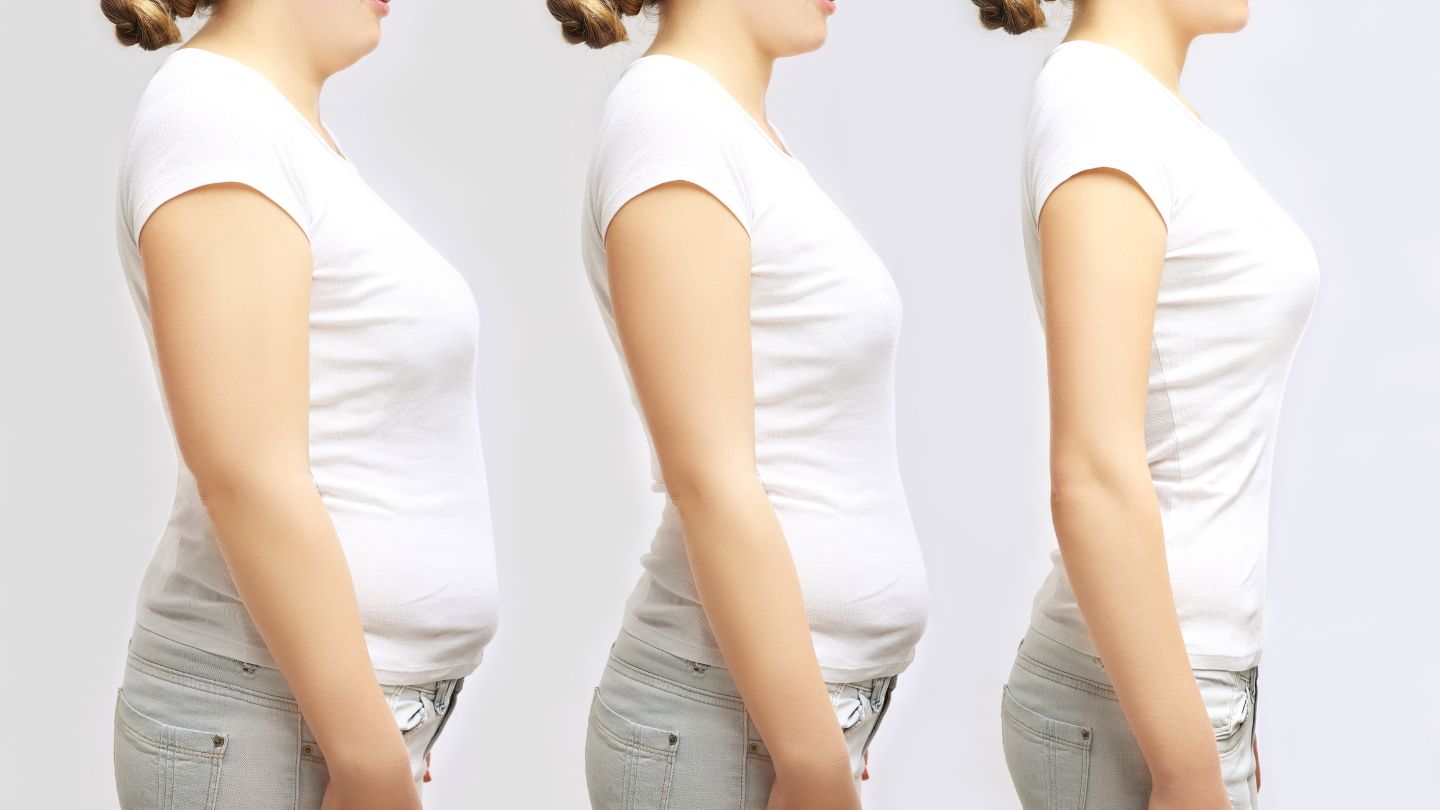

Email Us
info.beautyskincure@gmail.com


info.beautyskincure@gmail.com

The desire to lose fat quickly is a common goal, driven by everything from health concerns to upcoming events. However, the path to sustainable weight loss is often cluttered with misinformation and quick fixes that promise results but fail to deliver. True, effective fat loss is built on a foundation of scientific principles that anyone can apply. It’s not just about looking better; it’s about improving your overall health, boosting your energy levels, and enhancing your quality of life. This guide will break down the core mechanisms of fat loss and provide a realistic, actionable plan.
At its most fundamental level, weight loss is governed by one primary rule: the law of energy balance. To lose body fat, you must consistently maintain a caloric deficit. This means you are consuming fewer calories than your body expends over a period of time. Your body, needing energy to function, then taps into its stored fat reserves to make up the difference.
Your metabolism is the engine that drives this process. It represents all the chemical processes that keep you alive, and the speed at which it runs is known as your metabolic rate. Several factors influence your metabolism, including:
While a caloric deficit is non-negotiable, where those calories come from plays a significant role in hunger management, energy levels, and preserving muscle mass. This is where popular diets like the keto diet (extremely low-carb, high-fat) and a high-protein diet come into play. They are effective for many because they can enhance satiety and slightly increase your metabolic rate through the TEF.
Losing excess body fat does far more than change how you look in the mirror. The benefits permeate every aspect of your health and well-being.
The key is to focus on sustainable habits rather than drastic, short-term measures. This approach ensures that the weight stays off and you reap these benefits for life.
Combining the principle of a caloric deficit with strategic dietary and lifestyle choices can optimize your rate of fat loss. Here are actionable steps to implement:
The journey to lose fat is often hindered by common pitfalls. Being aware of them can save you time and frustration.
Losing fat quickly is possible, but the healthiest and most sustainable approach is through a moderate caloric deficit, a nutrient-dense high-protein diet, and a consistent mix of strength training and cardiovascular activity like walking. Remember, tools like the keto diet or intermittent fasting are simply methods to achieve the core deficit—they are not magic solutions. Avoid extreme measures and focus on building habits you can maintain. Be patient, consistent, and kind to yourself throughout the process. For personalized advice, especially regarding supplements or medications, always consult with a healthcare professional or a registered dietitian.
How to lose body fat in 7 days?
While you can’t significantly change your body fat percentage in a week, you can lose water weight which may make you look leaner. Focus on a strict caloric deficit, reduce sodium intake, drink plenty of water, and avoid processed carbs.
What burns off the most fat?
A consistent caloric deficit is what burns fat. In terms of exercise, high-Intensity Interval Training (HIIT) can be very effective for burning a high number of calories in a short time and boosting your metabolism post-workout.
Which medicine is best for reducing fat?
Prescription weight-loss medications like GLP-1 agonists (e.g., semaglutide) can be effective tools for some individuals under strict medical supervision. They are not for everyone and should always be paired with diet and exercise changes. Never use medication without a doctor’s prescription.
What vitamins are good for losing belly fat?
No vitamin directly targets belly fat. However, ensuring adequate levels of Vitamin D, magnesium, and B vitamins supports overall metabolism and energy production, which is crucial for an effective weight loss journey.
Does walking burn fat?
Yes, walking burns fat. It is a low-intensity, steady-state cardio activity that directly taps into fat stores for energy, especially when done in a fasted state or for longer durations (45+ minutes).
Which is the best method to reduce fat?
There is no single “best” method. The most effective approach is the one you can stick to long-term, which is typically a combination of a moderate caloric deficit, strength training, and a diet high in protein and whole foods.
Are fat burning tablets safe?
Over-the-counter fat burners are largely unregulated and can contain stimulants and other ingredients with potential side effects like jitters, high blood pressure, and digestive issues. Their effectiveness is often questionable. They are not recommended without consulting a doctor.
What spices help lose belly fat?
Some spices like cayenne pepper (due to capsaicin) and turmeric (due to curcumin) may offer a slight temporary boost to metabolism and have anti-inflammatory properties. However, they are not a solution for fat loss on their own but can be a healthy addition to your diet.
Is green tea good for weight loss?
Green tea contains catechins and a small amount of caffeine that may slightly increase metabolic rate and fat oxidation. While the effect is modest, swapping high-calorie drinks for unsweetened green tea is a beneficial habit for weight loss.
Leave a Reply